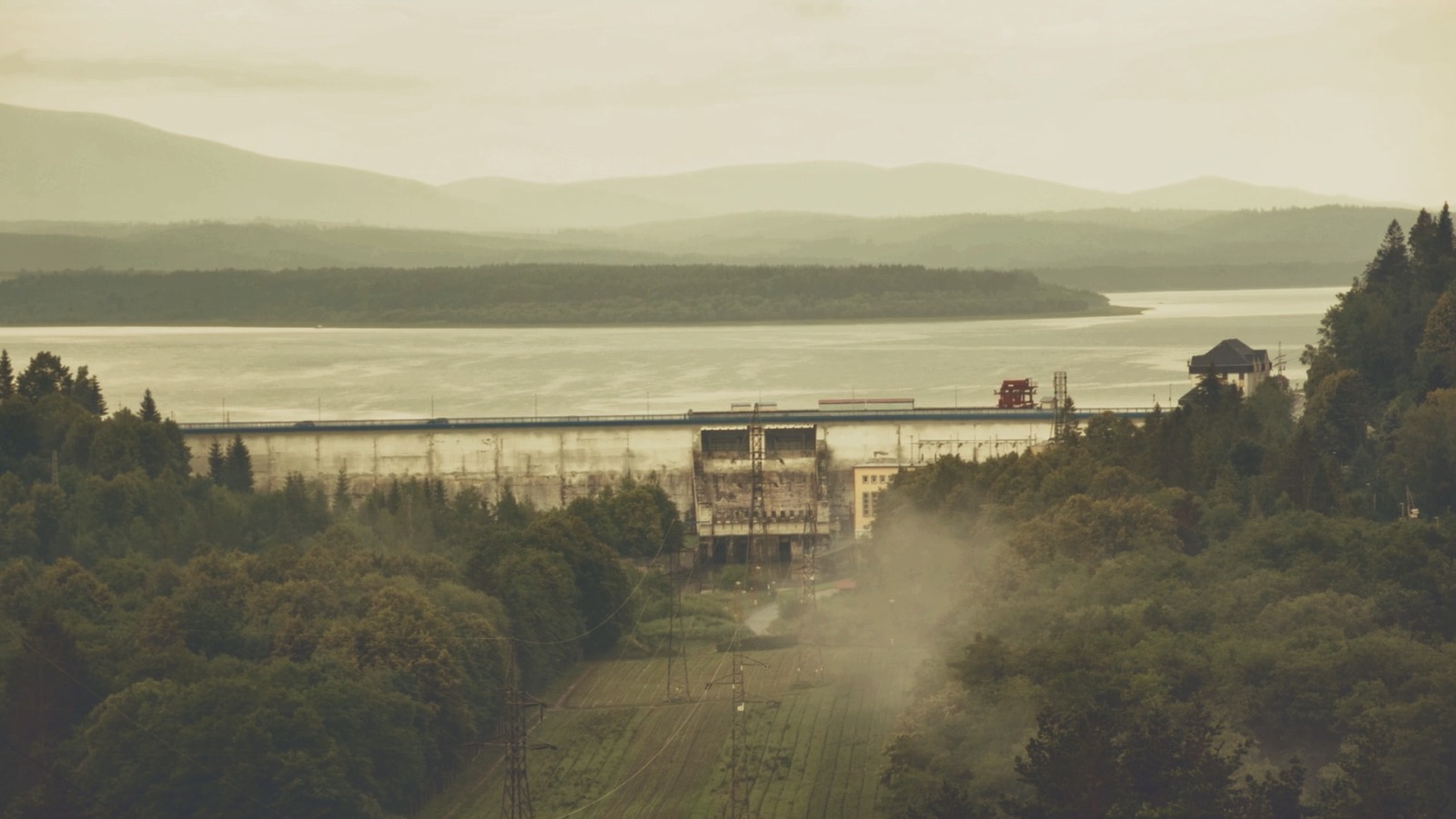Which is the largest artificial lake in Slovakia? Liptovská Mara, Šírava or Oravská Priehrada? This question often confuses the contestants on television quiz shows. The question of area is clear – the Orava reservoir covers 34.39 km2 followed by Šírava with 33.5 km2.
The question of volume gets contestants in more of a sweat. Liptovská Mara holds 361.9 million m3, which would appear to beat the figure of 350 million m3 for Orava. This is based on calculations from passporting in 1953, when they wrote in 350 for Orava. New measurements were taken in 1993 and these gave Oravská Priehrada a larger volume: 375.2 million m3 based on a surface 603 m above Baltic sea level. This makes Oravská Priehrada the largest in Slovakia – both in area and volume.
A unique solution
The main purpose of the dam on the River Orava is to protect against floods, but it also generates electricity. It is also used for irrigation and recreation. Furthermore, as described by Miroslav Ferek, the group leader for the Orava and Tvrdošín hydro power plants, the dam has a unique design. “It is a sort of hollow gravity dam. The hollow chambers, that are not filled with concrete, make up 26 blocks. The largest blocks are at the front, to prevent uplift from the very non-homogeneous terrain under the dam allowing leakage under the dam.” Anyone who looks at the power plant must notice the high dam wall with its imposing dimensions. It rises 30 metres above the surrounding land and another 20 metres of wall are buried out of sight underground. There are many roads and pathways inside that allow the crew to conduct checking, inspections and repairs,” says Ferek.
The hardest year was 1958
The hydro power plant has been operating for over 65 years. It might sound old, but it has the equipment, control systems and interior of a modern power plant. More than six decades is a long time. What was the most difficult time for the power plant? According to Miroslav Ferek it was undoubtedly 1958, when the dam received a greater inflow of water than is usual in the Danube. Even though it was receiving 2,400 m3 per second and it is only able to release 826 m3, it survived. Water levels in 1958 exceeded the thousand-year maximum, which had been calculated as 1,800 m3 per second. Luckily flows like that are not usual.
The Orava dam also played a protective role relatively recently. In 2010 it caught three large flood waves, each carrying around 600 to 900 m3 of water. The dam coped with the flood. “The reservoir is designed with a reserve capacity of 38 million m3 for capturing flood surges so the dam is protected against sudden flood strikes. In the 65 years the dam has been operating and generating electricity, we have never faced the sort of floods that there are in neighbouring countries,” Ferek notes.
At present, one of the turbines of the Orava HPP is being repaired after 26 years and should be back in service from the end of March 2019. Electricity produced from the River Orava is still being supplied to the grid, though – via the second Kaplan turbine, whose output is 10.9 MW, and other powerplants that it flows through after joining the River Váh.
Article was originally published in „Energia pre krajinu“ 4/2018.
